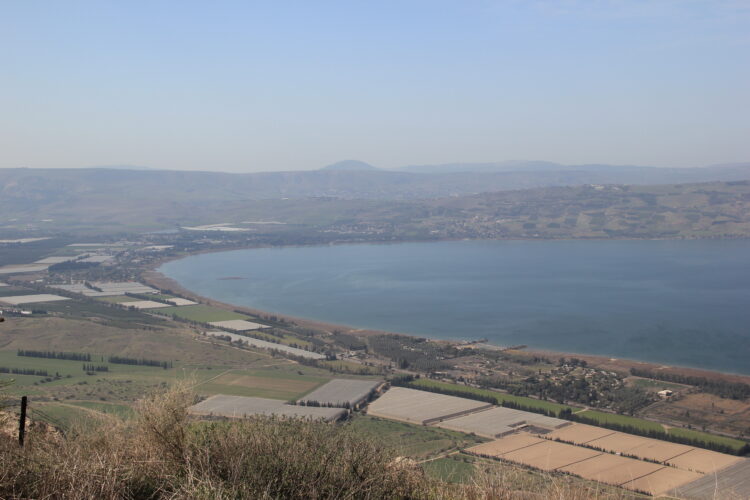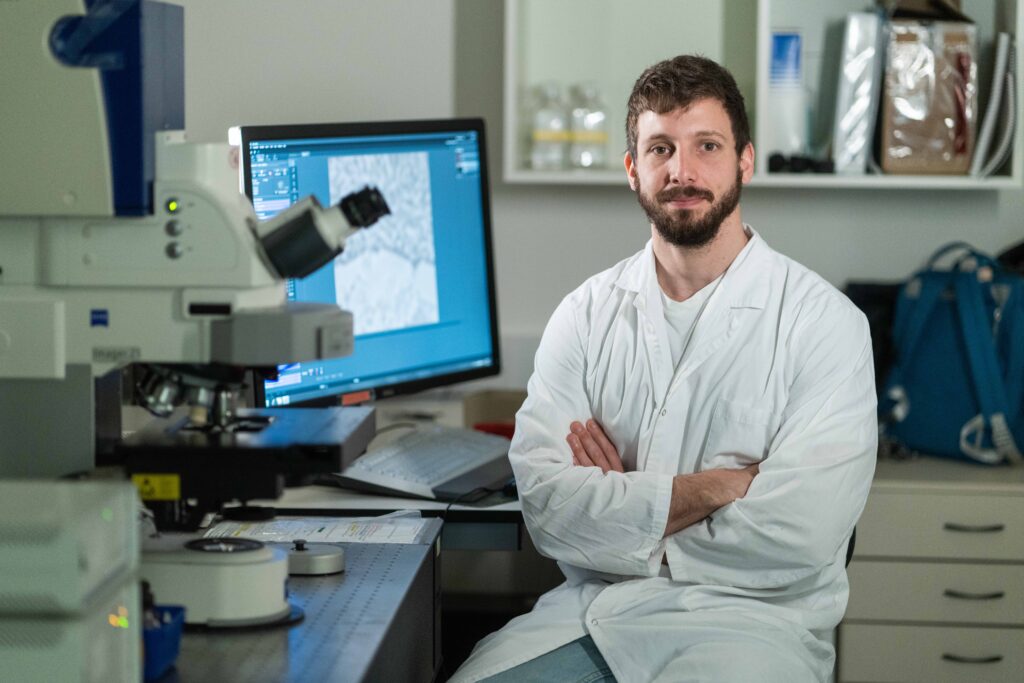On the occasion of the win, we asked Ariel to provide us with some interesting details about the study and the research.
Ariel, could you introduce yourself in a few words?
My name is Ariel Chazan and I am a Ph.D. student in Oded Beja’s lab. I did my bachelor’s degree in marine biology (Ruppin academic center) and master’s degree at the Faculty of Biology (Technion) under the supervision of Prof. Tali Haran and Prof. Dina Ron.
Could you explain what Prof. Beja’s laboratory is about?
Microorganisms have developed several strategies to utilize sunlight energy to satisfy their metabolic needs. The main goal of our Lab is to characterize and gain a deeper understanding of the protein complexes which facilitate the harvesting and utilization of light energy.
Could you tell us about your current article/research, what was the main purpose of the research and what did you discover? Can you elaborate on the importance of the discovery? Why will this discovery serve you and what directions does it take?
One of the systems by which microorganisms utilize sunlight energy is through rhodopsin proteins. Rhodopsins are a big family of light-activated membranal proteins. Once activated, rhodopsins trigger a variety of intracellular processes connected to bioenergetics and light-sensing. In 2018, we found a new rhodopsins subfamily called heliorhodopsins (from helios – “sun”). Heliorhodopsins are highly abundant among microorganisms originating in marine and freshwater environments, but so far, only a few HeRs representatives were characterized and the functional and biological roles of this new protein family remain unknown. In this study, we fished out environmental genomic fragments harboring a total of ten HeR genes from diverse microbes dwelling in Israel’s freshwaters. The benefit of our approach is that it brings genes readily amenable to biophysical characterization which we performed in collaboration with Dr. Inoue’s group from the University of Tokyo (Japan). Heliorhodopsins’ biophysical properties – what light they prefer and how they “tick” when illuminated – are an important clue about the type of cellular processes in which HeRs participate. In addition, computational analysis of genomic neighbors demonstrated a putative functional link between HeRs and a family of enzymes involved in the activation of fatty acids. Taken together, our results allowed us to hypothesize that HeRs might be involved in light-induced membrane lipid modifications.

Kineret Lake. The photo was taken by Omer Markovsky from Pikiwiki.org.il








